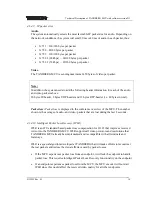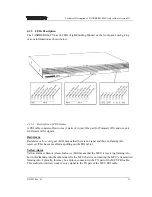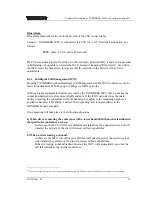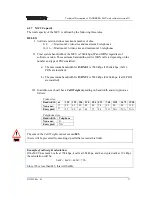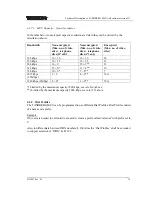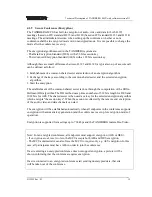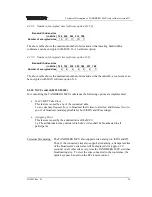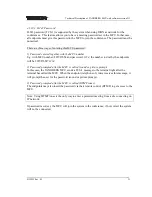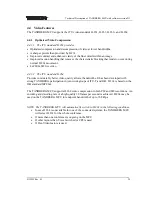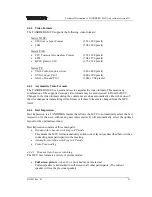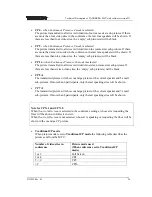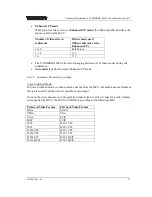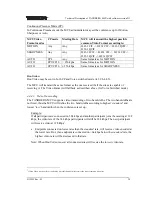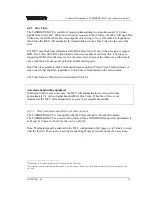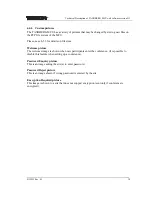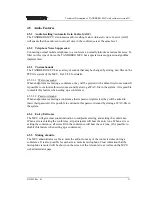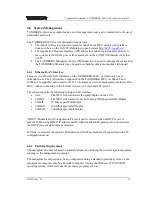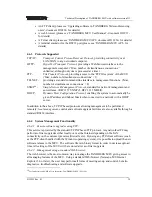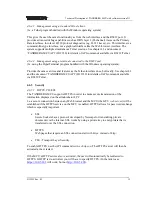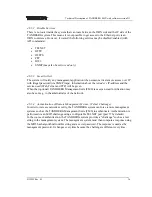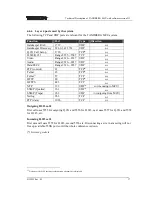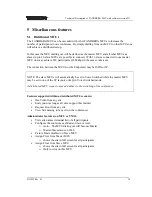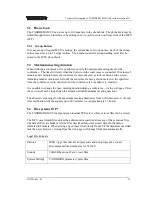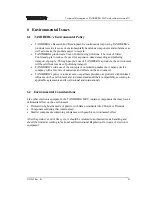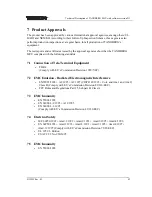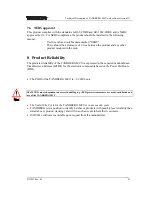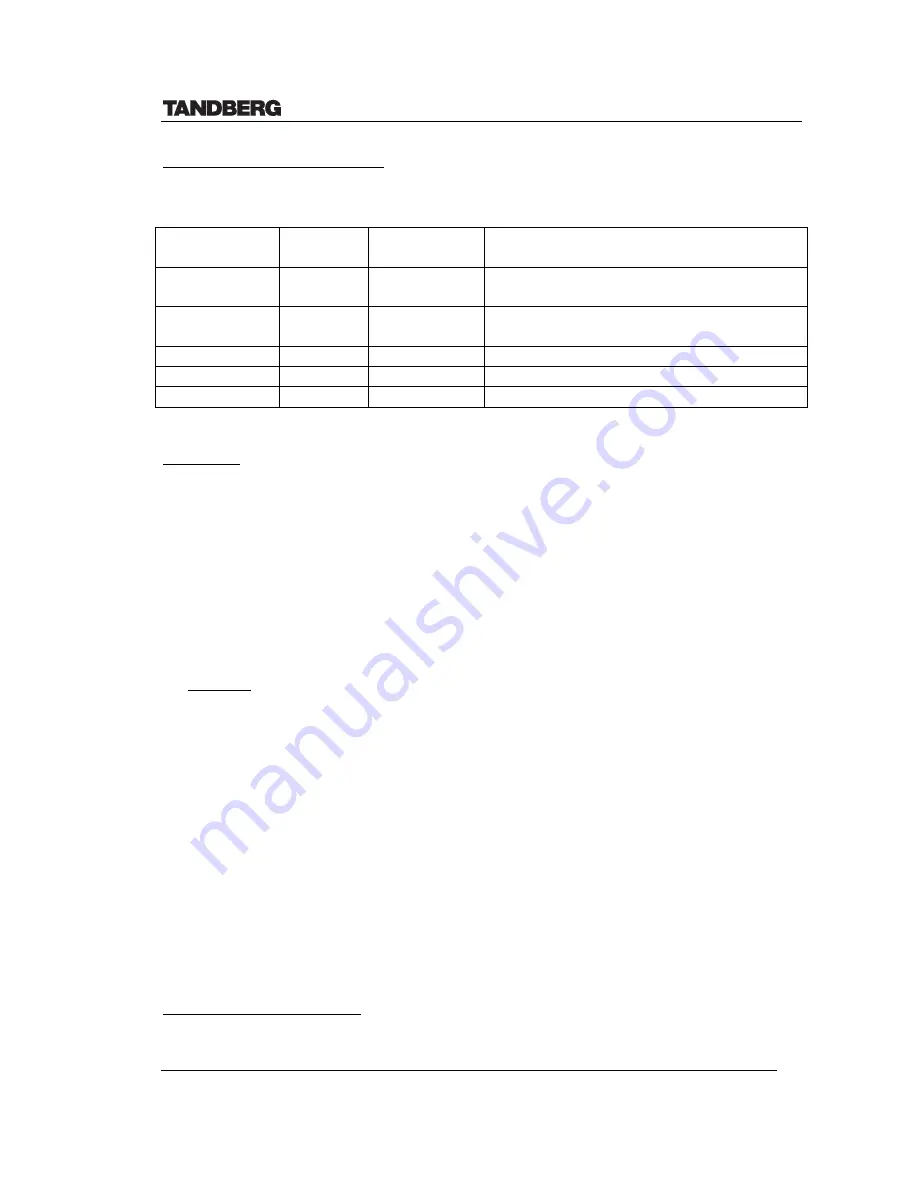
Technical Description of TANDBERG MCU with software version D3
D12925 Rev. 03
28
Continuous Presence Mode (CP):
In Continuous Presence mode the MCU administrator may set the conference up for Motion,
Sharpness or Auto:
MCU Video
Format modes
CP mode
Meeting Rate MCU will transmit the highest possible
common Video Format according to:
MOTION
Any
Any
H.263 CIF -> H.261 CIF -> H.263 QCIF ->
H.261 QCIF
SHARPNESS
Any
Any
H.263 4CIF -> H.263 CIF -> H.261 CIF ->
H.263 QCIF -> H.261 QCIF
AUTO
CP4
Any
Same formats as for MOTION
AUTO
CP9/CP16 < 256 kpbs
Same formats as for MOTION
AUTO CP9/CP16
≥
256 kbps
Same formats as for SHARPNESS
Duo Video:
Duo Video may be sent in both CP and Voice switched mode (ref. Ch.4.4.5).
The MCU will transmit the same format as the one received if all the sites are capable of
receiving it. The Video Format will fallback as described above (for Voice Switched mode).
4.4.4.3 Video
Transcoding
The TANDBERG MCU supports video transcoding of two bandwidths. The two bandwidths are
not fixed, thus the MCU will define the two bandwidths according to highest
‘standard’
and
lowest ‘
low’
bandwidth when the conference is set up.
Example:
If all participants are connected on 384 kbps and another participant joins the meeting at 128
kbps, the video rate of the 384 kbps participants will still be 384 kbps. The new participant
will receive video at 128 kbps
7
.
•
Endpoints connected on lower rates than the
standard
rate, will receive video encoded at
the lower rate. But, if an endpoint is connected on <64 kbps below the
standard
rate, the
highest video rate will be decreased to that rate.
Note: When Duo Video is used, all connected sites will receive the
lowest
video rate.
7 If Duo Video is active
video transcoding
is disabled and all sites receive the lowest common video rate.

